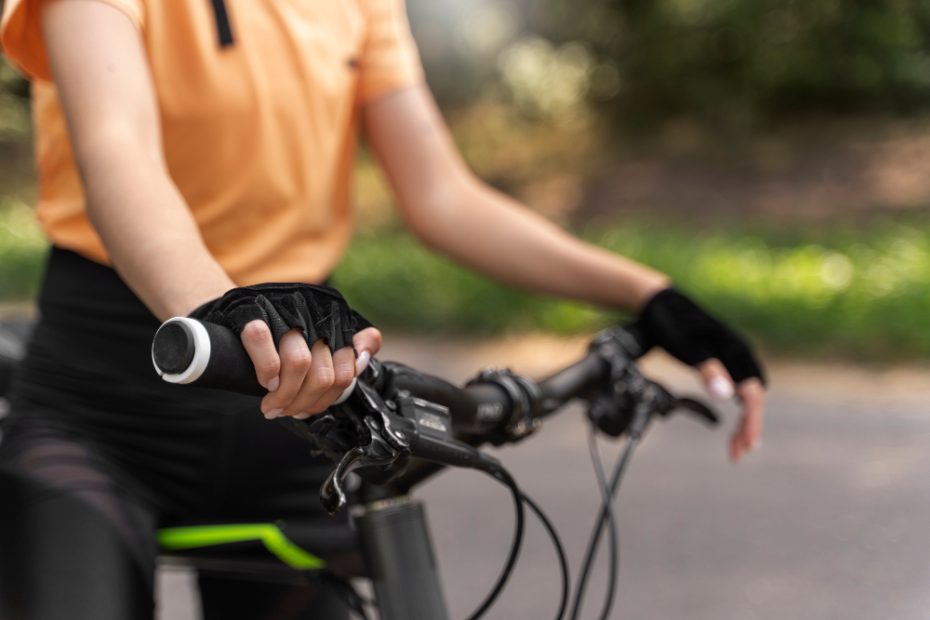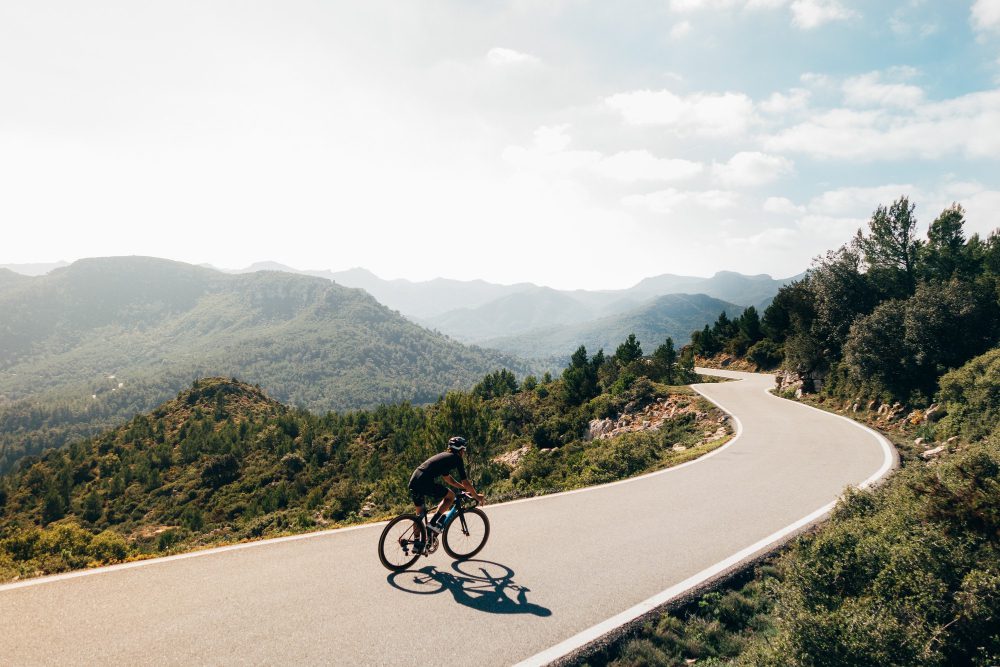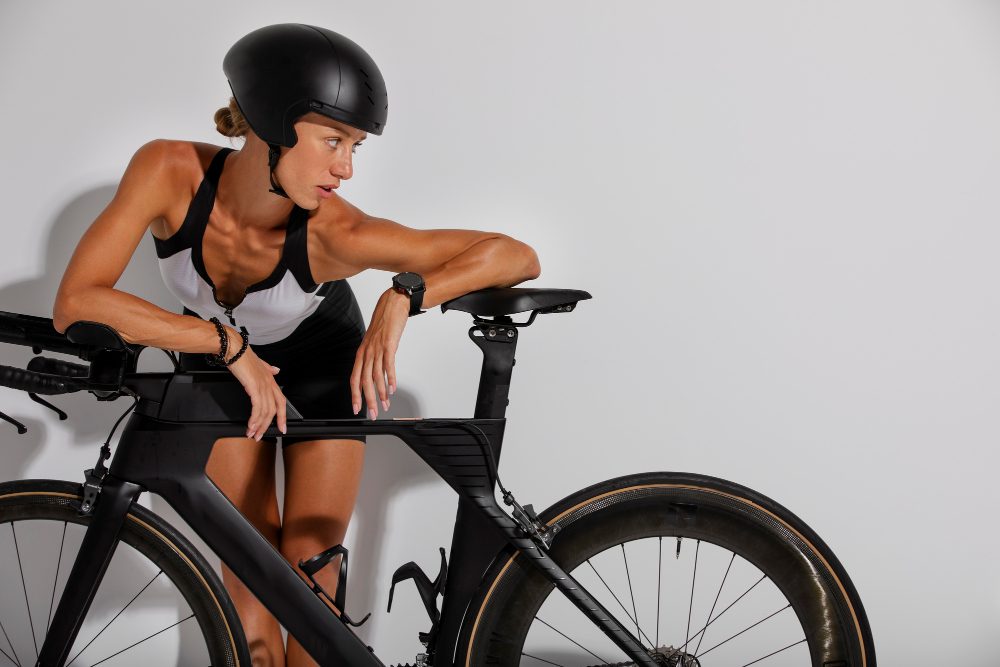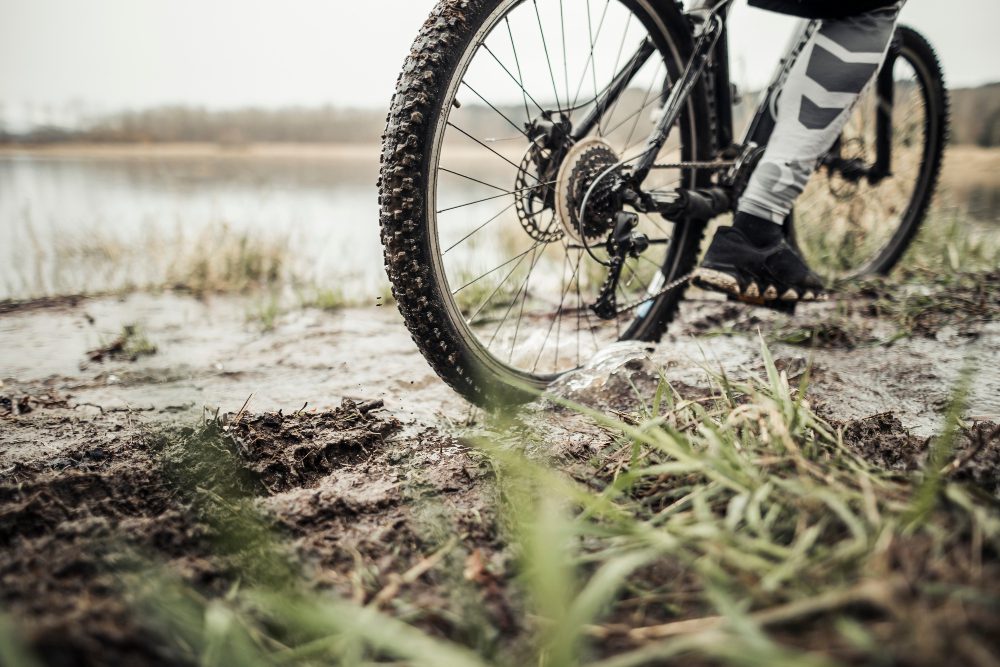Should your leg be straight when pedaling a bike?
One of the most debated topics among cyclists is the optimal position of the leg while pedaling a bike. Some argue that a straight leg maximizes power output, while others believe that a slight bend in the knee is more efficient. So, should your leg be straight when pedaling a bike? Let’s delve into this topic and explore different perspectives.
The Straight Leg Myth
Many cyclists believe that having a completely straight leg during each pedal stroke is the key to maximizing power transfer. This belief stems from the idea that a straight leg allows for full extension and engagement of the major leg muscles, such as the quadriceps. However, recent studies have challenged this notion.
Research has shown that maintaining a slight bend in the knee while pedaling can actually be more efficient and reduce the risk of injury. When the leg is completely straight, it can create excessive strain on the knee joint and lead to discomfort or even chronic conditions over time. A slight bend in the knee allows for better shock absorption and muscle engagement throughout the entire pedal stroke.
The Importance of Proper Bike Fit
While the debate between a straight leg and a slight bend continues, it is crucial to emphasize the significance of proper bike fit. Regardless of whether you prefer a straight leg or a slight bend, a poorly fitted bike can result in discomfort, inefficiency, and potential injury.
A professional bike fit considers various factors, including leg length, flexibility, riding style, and personal preferences. A trained specialist will make adjustments to your bike’s saddle height, fore-aft position, and cleat alignment to optimize your pedaling mechanics. By ensuring your bike fits you properly, you can find the ideal balance between power transfer and comfort.
Finding Your Optimal Position
The answer to whether your leg should be straight or slightly bent ultimately depends on your biomechanics and personal comfort. Some cyclists may feel more powerful with a straight leg, while others find that a slight bend allows for smoother and more sustainable pedaling.
To determine your optimal position, consider the following guidelines:
- Start with a slight bend: Begin with a knee angle of around 25-35 degrees at the bottom of the pedal stroke. This angle allows for optimal muscle engagement and shock absorption.
- Experiment: Gradually increase or decrease the bend in your knee during your rides. Pay attention to how it affects your performance, comfort, and any potential strain on your joints.
- Listen to your body: Ultimately, your body will provide valuable feedback on what feels most natural and efficient for you. If you experience any discomfort or pain, adjust accordingly.
“Finding the right position is a highly individual process. It’s important to listen to your own body and take into account your riding style and goals.” – Cycling Coach John Smith
How Much Should Your Knee Bend When Riding a Bike?
Riding a bike is a popular form of exercise and transportation in the UK. It is important to have proper biking form to prevent injuries and maximize efficiency. One common question cyclists have is: How much should your knee bend when riding a bike?
Optimal Knee Bend
The optimal knee bend while pedaling a bike varies depending on the rider and their preferences. However, a general guideline is to aim for a knee bend of around 25 to 35 degrees at the bottom of the pedal stroke. This range allows for efficient power transfer and reduces the risk of strain or injury.
Importance of Proper Knee Bend
Having the correct knee bend is crucial to avoid discomfort and minimize stress on the joints. If your knee is too straight during the pedal stroke, it can lead to overextension and strain. On the other hand, excessive knee flexion can also be problematic, causing discomfort and reducing power output.
Factors Influencing Knee Bend
The ideal knee bend may vary depending on several factors:
- Body proportions: Individuals with longer legs may naturally have a greater knee bend than those with shorter legs.
- Bike fit: Proper bike fit, including saddle height and fore-aft position, plays a significant role in determining the optimal knee bend.
- Physical condition: Factors such as flexibility and strength can affect the knee bend angle. Regular stretching and strength training exercises can help improve knee function.
To ensure the correct knee bend, it is recommended to get a professional bike fitting. A bike fit specialist can assess your individual needs and make adjustments to optimize your riding position.
Remember, everyone is unique, and what works for one person may not work for another. However, keeping an eye on your knee bend and making adjustments accordingly can help enhance your cycling experience.
Understanding the appropriate knee bend while riding a bike is essential for preventing injuries and ensuring efficient pedaling. By following the general guidelines and considering individual factors, cyclists can find their optimal knee bend angle.
Table 1: Examples of Knee Bend Angles
| Rider Height | Knee Bend Angle (degrees) |
|---|---|
| 5’2″ – 5’6″ | 25 – 30 |
| 5’7″ – 5’10” | 28 – 32 |
| 5’11” – 6’2″ | 30 – 35 |
Table 1: Recommended Stretching Exercises
- Hamstring stretch
- Quadriceps stretch
- Calf stretch
By paying attention to your knee bend and making necessary adjustments, you can improve your biking performance and reduce the risk of knee-related issues. Enjoy your rides!



